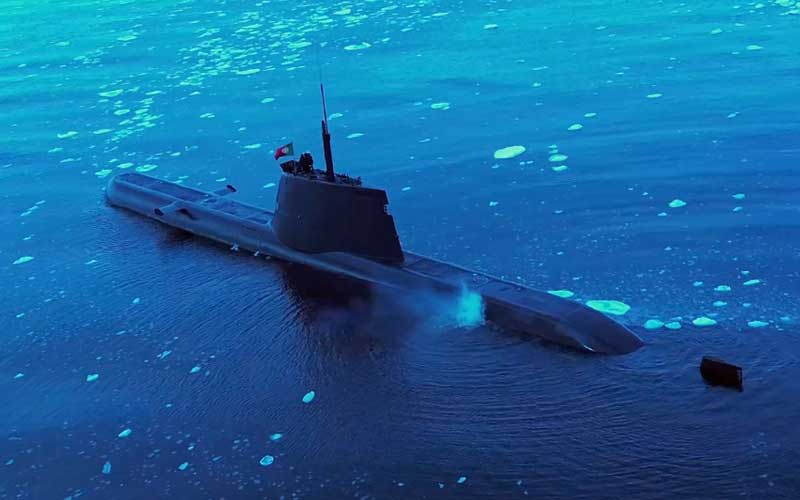
To better understand the effects of deep-space missions on crews, the European Space Agency, the Portuguese Space Agency, and the Portuguese Navy are conducting a high-fidelity isolation and confinement study aboard a submarine.
The first scientific mission of the Isolation and Standard Measures for ESA Submarine Missions (SubSea ISM) initiative is currently underway aboard one of the Portuguese Navy’s two diesel-electric Tridente-class submarines, built by the Howaldtswerke-Deutsche Werft (HDW) shipyard in Germany. The study involves scientists from the University Hospital of Munich, the University of Florence, and Lusófona University in Lisbon.
During the 60-day mission, scientists will use questionnaires and collect hair and saliva samples. This will allow them to track stress markers like cortisol and monitor changes in the crew’s immune health to see how the body adapts throughout the mission.
“These efforts not only deepen our understanding of extreme environments but also play a crucial role in preparing the global space community for the challenges of future missions to the Moon, Mars, and beyond,” said Daniel Neuenschwander, ESA’s Director of Human and Robotic Exploration.
In addition to conducting analogue missions on Earth, ESA has already begun the early stages of developing a crew transportation programme to ensure sovereign access to space for European astronauts.
In July, ESA revealed that it had awarded a contract to Arianespace to explore the feasibility of using the Ariane 6 for crewed space missions. In late 2023, ESA issued a call for proposals for a European LEO cargo return service, requiring the selected capsules to have the capability to evolve into a crew transportation system “without major modifications to their architecture.” Earlier this month, ESA published a call for proposals for the development of a new reusable rocket capable of deploying up to 60 tonnes into low Earth orbit. A key technical requirement for the rocket is its ability to support a crew transportation system.
While ESA has already made its intention to launch a crew transportation programme clear, any significant funding or defined political support for the programme will have to wait until the ESA ministerial council meeting in late 2025.

